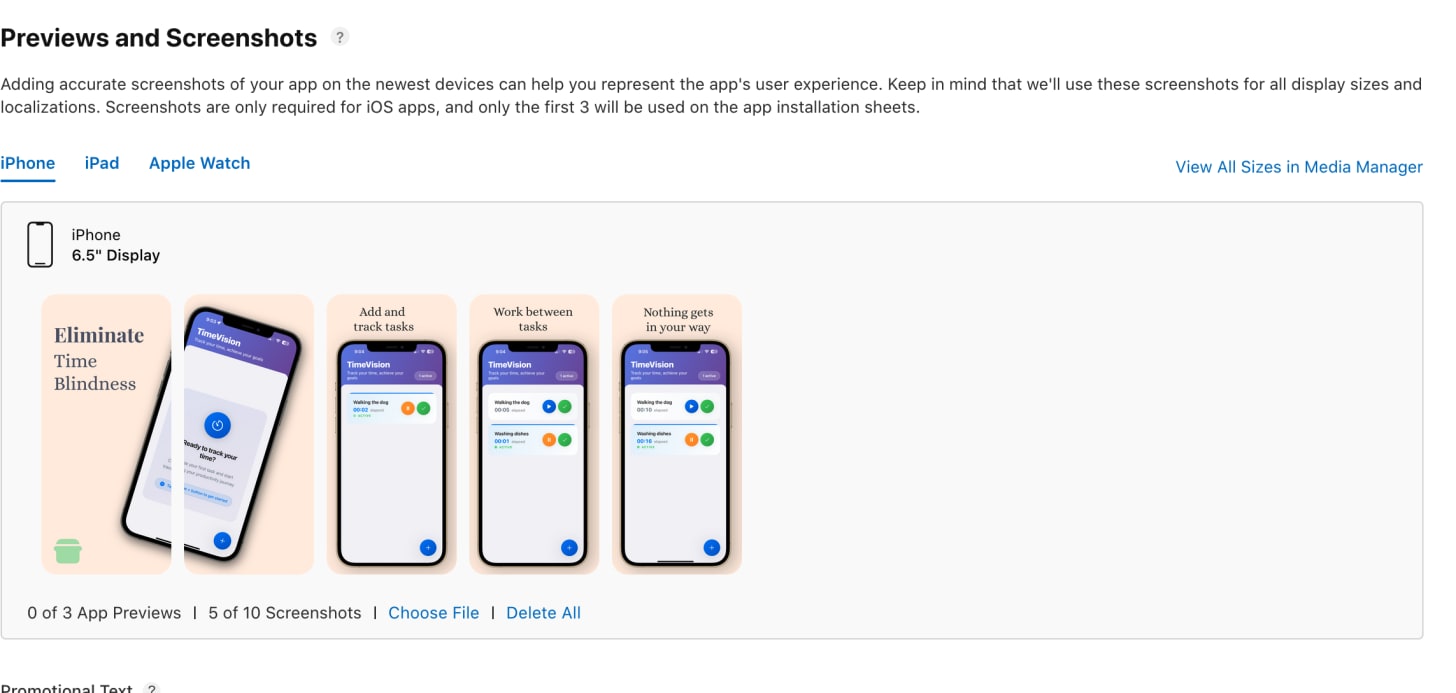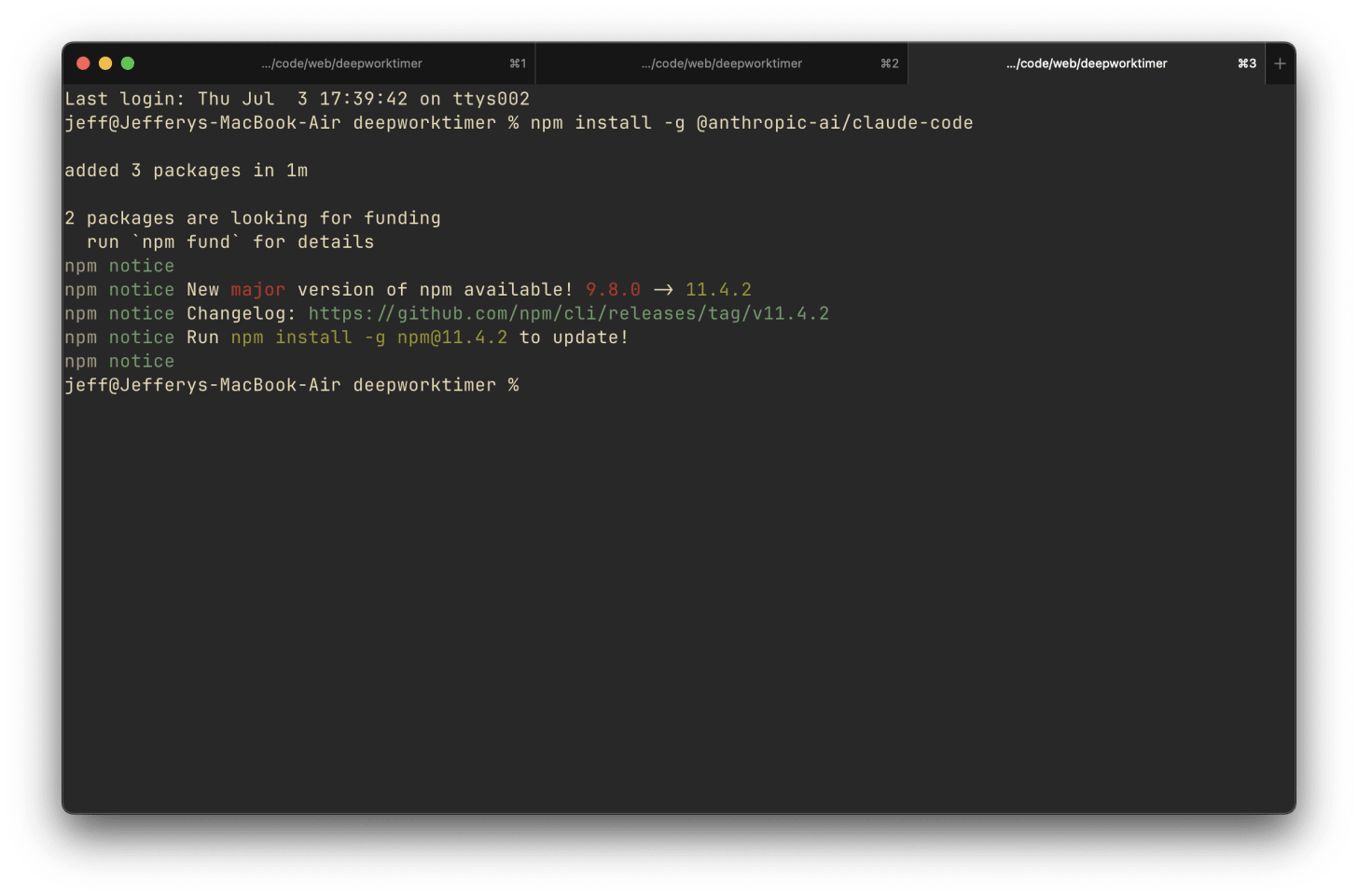👋 Hey there, I’m Jeff. I tackle real software problems using AI. This newsletter is about building meaningful projects using bleeding-edge AI tools (and accelerating your career)
Paid subscribers get access to the full archive of deep dives like this one, and many expense it to their company’s education budget.
I’ve built things for myself that I really wish existed but have little-to-no commercial value, and I think that rocks. Years ago, it was hard to justify spending dozens of hours making an app that only I would use. Now it’s single digit hours.
With tools like Claude Code and Expo, you can make little apps that fit your exact use case in very little time. Recently I made a mobile app, a React web app, and a Rails web app. All without a single line of code:
The biggest unlock that AI has opened for me is personal software. Here’s a few recent examples in case you’re new:
A couple days ago I was talking with a good friend and he was thinking out loud about an app he wished existed. He said he wanted a super simple task manager to help him manage time blindness, but every app on the app store was overengineered.
There’s a good idea! Today we’re going to use Claude Code, React Native, and Expo to build an iPhone app that lets you:
Add a task to your current task list
View your current task list and cumulative totals for time spent on each
Push a single button to start a timer that adds to the tasks cumulative total
By the end of it, we’ll use ChatGPT’s image generation to make a logo, then put it on the app store. Ready to get started?
Installing Claude code is simple. Open your terminal and install it with NPM:
npm install -g @anthropic-ai/claude-codeMake sure you get a successful install.
You can also do this with Homebrew if you’re not already using NPM. Then, start the CLI with:
claudeYou’ll be prompted to authenticate on the web to your Anthropic account, then we can get started.
My first step with a new project (or a big change to an existing project) is to work things out in plan mode. You can enter plan mode with SHIFT + TAB twice. Then, I describe the project:
.png)





